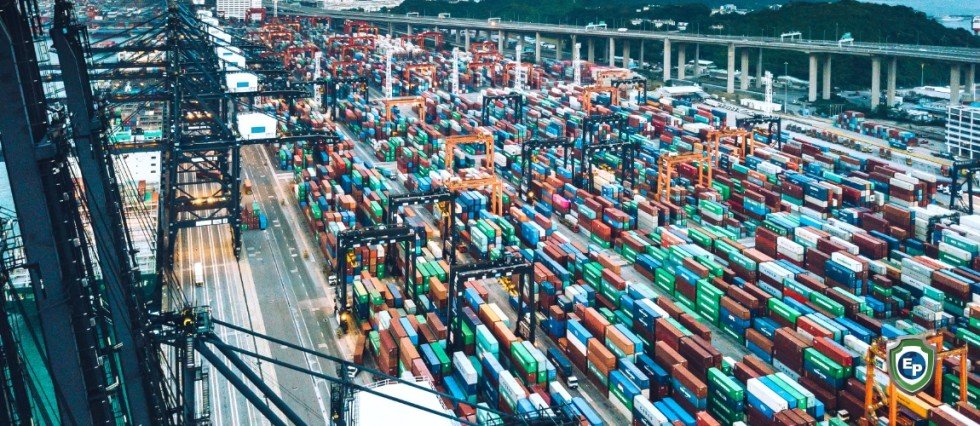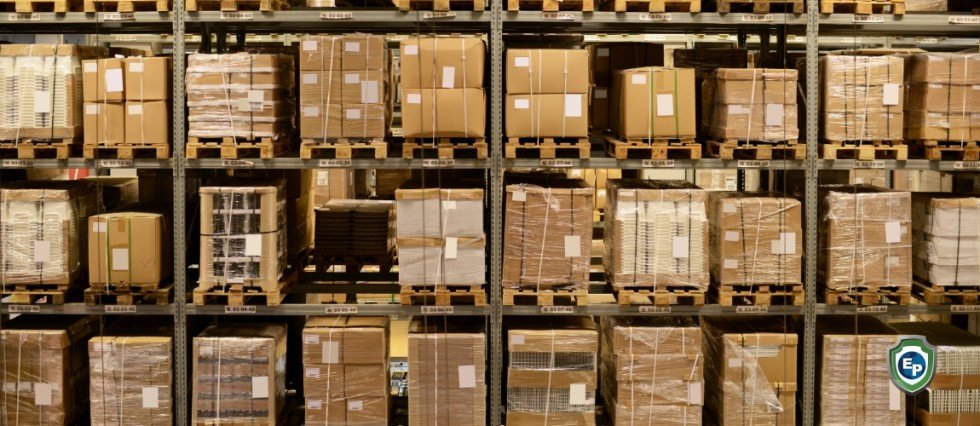New Trends in International Trade
As new trends emerge at a rapid pace, the global trade industry is quickly changing. So, what are some new trends to keep an eye out for? Come check out our article and find out.

International trade is constantly evolving, with new trends emerging at a rapid pace. So, what are the new trends in global trade in 2022, after two years marked by the COVID-19 pandemic and a newly escalating war in Ukraine?
Tensions in Supply Chains and Strong Protectionism
The supply chain issues that have been reported for the past two years have yet to be resolved and are expected to last a few more months. According to the International Monetary Fund (IMF), we will have to wait until 2023 to see less disrupted trade flows. Freight transport should see better days, driven by new capacities and better infrastructure. Euler Hermès estimated at the beginning of the year that Europe was more exposed than the US to shortages of intermediate goods from China and estimated that world trade in goods in volume would grow by +5.4% in 2022 and +4% in 2023 (after +8.3% in 2021). However, the conflict in Ukraine has somewhat nuanced these forecasts, which could be revised downwards.
At the same time, the relocation advocated by countries in the midst of the pandemic does not seem to be well underway, and protectionism will remain strong in 2022 because most countries will want to protect their local market and favor internal growth rather than exposing their market to foreign products.

China Consolidates Its Position in the Market
Meanwhile, China is taking advantage of this situation and consolidating its export power. The trade deficit of the European Union (EU) and the US with China is widening to reach nearly €190 billion for Europe and $287 billion for the US. This deficit will widen further with the Regional Comprehensive Economic Partnership Agreement (RCEP), which is a regional free trade agreement that will complement and build upon China's existing free trade agreements with 14 other Indo-Pacific countries.
In order to cope, both Europe and the US are investing to encourage the relocation of production and the optimization of infrastructure. The objectives include reducing dependence on China and streamlining international trade and the transport of goods. But as we stated previously, this relocation is still far from being effective.
Even if a clear vision of international trade trends seems to be emerging, geopolitical events in Europe could redistribute the cards in favor of countries like Turkey, which could possibly play the spoilsport.
Stay In the Loop with Export Portal
In the world of trade, you must always stay updated and be in the know. For more articles like this one, make sure to check out Export Portal’s blogs and learn everything trade-related!


















Comments 1